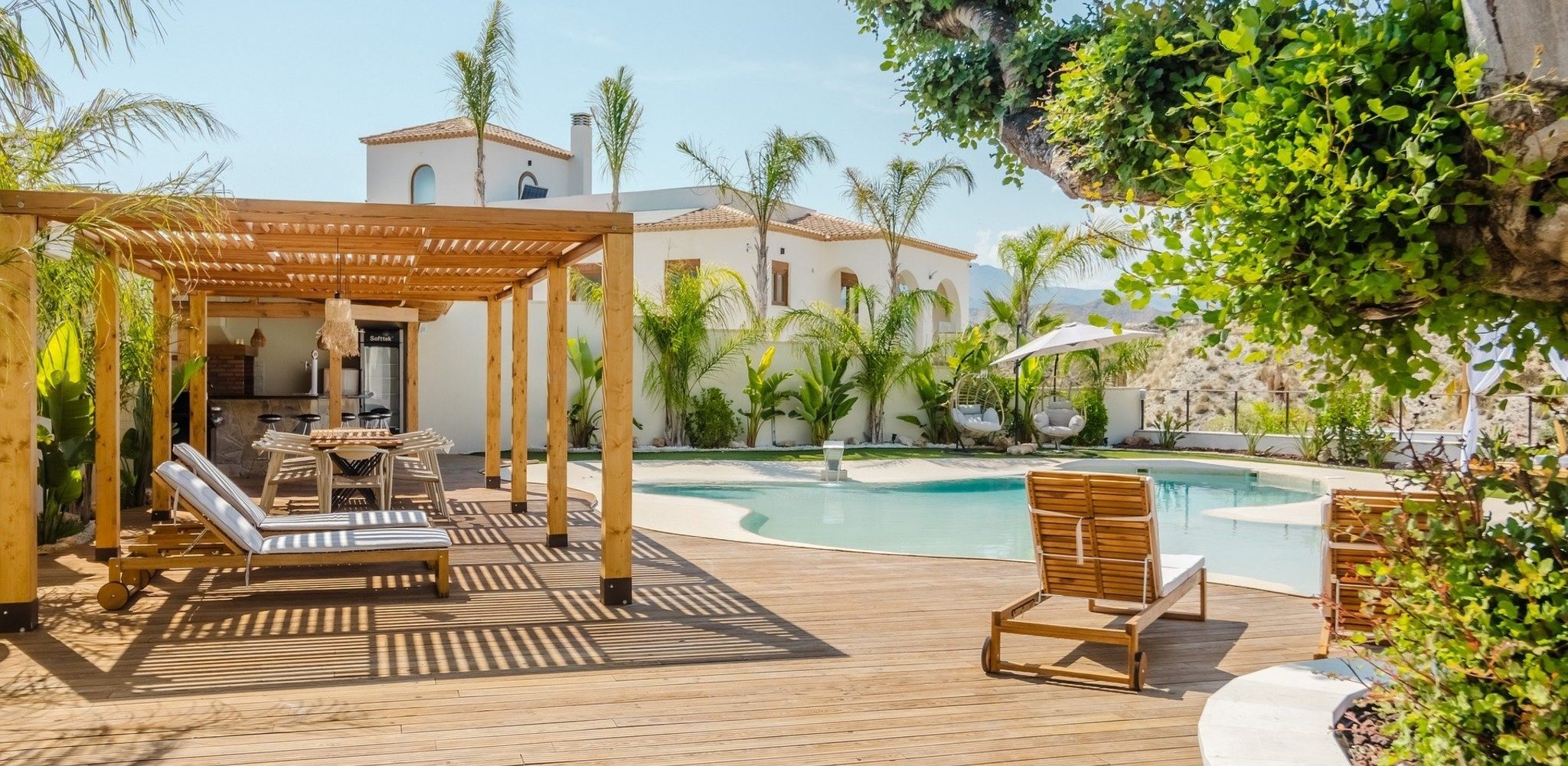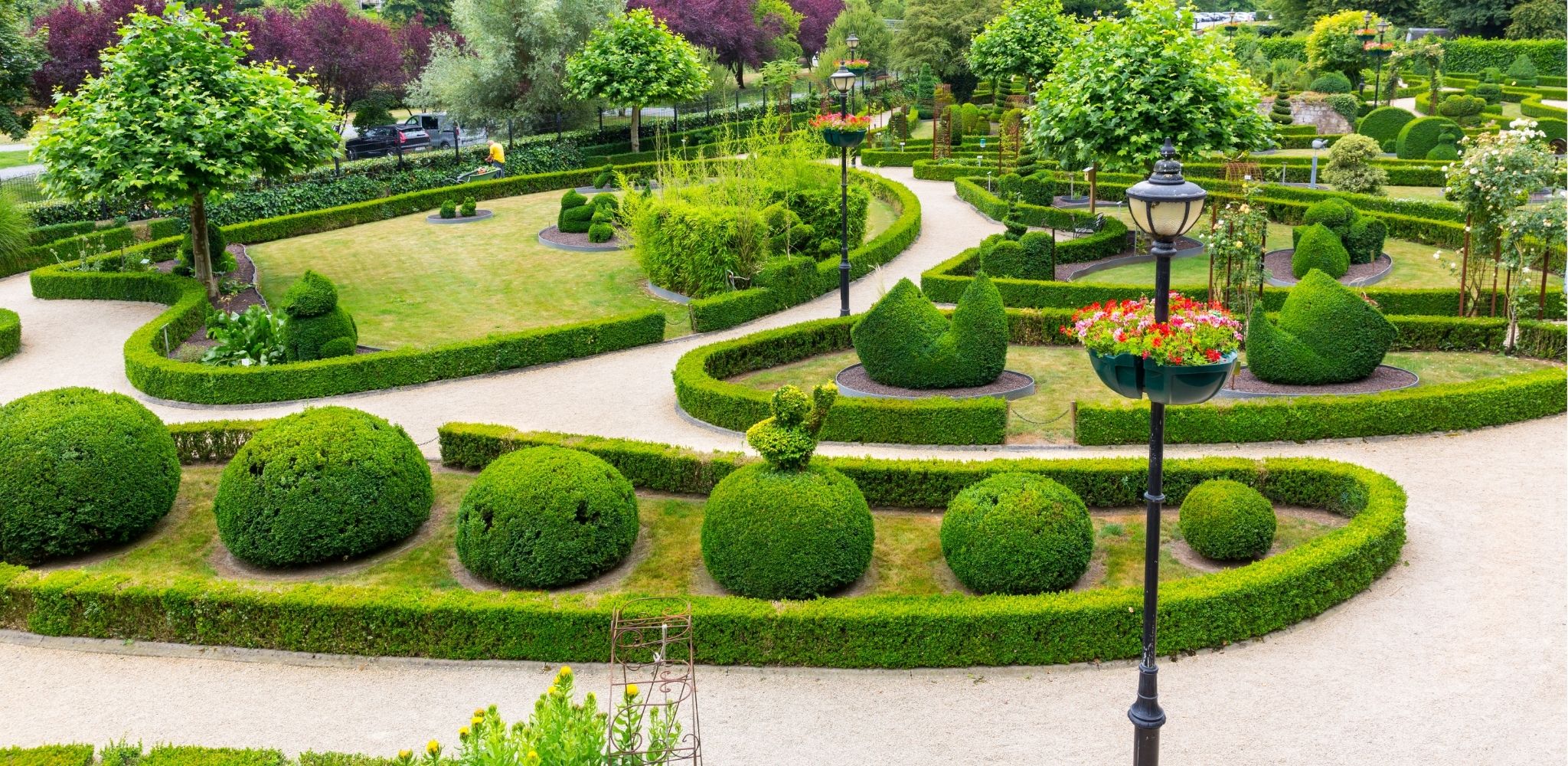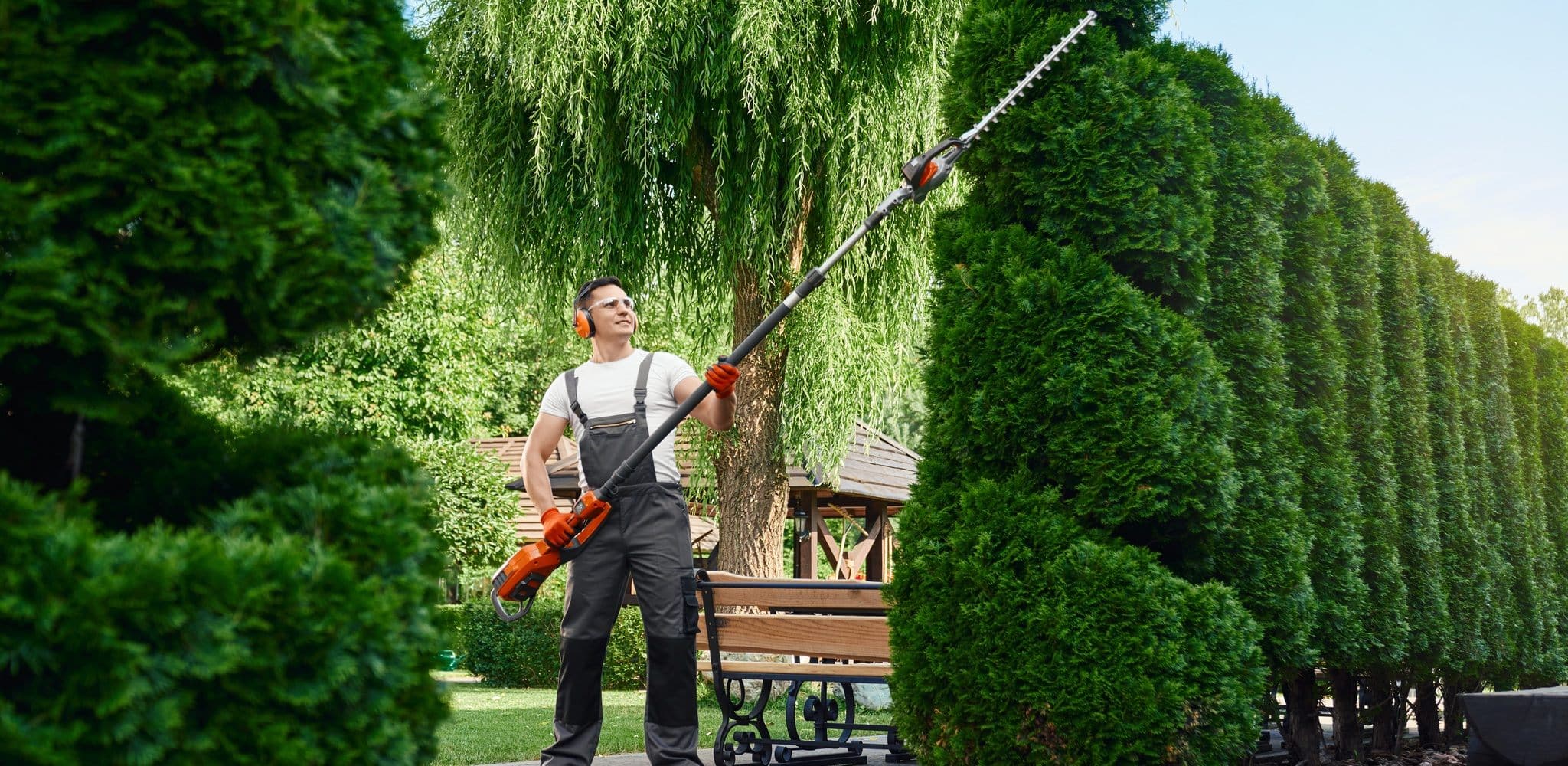Transforming Minnesota gardens with visually striking garden bed arrangements can create breathtaking focal points that enhance the overall beauty of outdoor spaces. By incorporating diverse plants, colorful flowers, and unique designs, gardeners can craft visually appealing landscapes that attract pollinators and provide a vibrant atmosphere.
Gardening in Minnesota presents its set of challenges and opportunities. With our distinct seasons and soil conditions, it’s essential to choose garden bed designs that withstand the elements and enhance the beauty of our outdoor spaces. At Architectural Landscape Design (ALD), we’ve curated five unique garden bed ideas that cater specifically to Minnesota’s environment, ensuring both functionality and aesthetic appeal.
Embracing Minnesota’s Climate: Ideal Design Styles and Plant Combinations
Minnesota’s climate, characterized by cold winters and warm summers, requires choosing the right plants and garden bed designs. Raised beds are particularly beneficial here, offering improved drainage and soil warmth, which are crucial for plant health in our region
Recommended Plant Combinations
- Native perennials: Plants like Purple Coneflower (Echinacea purpurea), Black-eyed Susan (Rudbeckia hirta), and Wild Bergamot (Monarda fistulosa) are not only hardy but also attract pollinators, enhancing biodiversity.
- Shrubs: Incorporating shrubs such as Red Twig Dogwood and Serviceberry can provide structure and year-round interest.
- Groundcovers: Low-growing plants like Wild Ginger (Asarum canadense) and Pennsylvania Sedge (Carex pensylvanica) can suppress weeds and retain soil moisture.
By integrating these plant combinations, we can create unique garden bed ideas that are both resilient and visually captivating throughout the seasons. These combinations not only enhance the aesthetic appeal of our outdoor spaces but also promote biodiversity and support local ecosystems. As we experiment with various pairings, we can discover new ways to cultivate beauty and sustainability in our gardens.
Low-Maintenance and Native Plant Garden Bed Ideas
For homeowners seeking beauty without constant upkeep, native plants are the answer. These plants have adapted to Minnesota’s conditions over centuries, making them more resistant to local pests and diseases.
Benefits of Native Plants
- Water efficiency: Once established, native plants typically require less watering, conserving resources and promoting sustainability in gardening practices. Their resilience allows them to thrive in local climates, ensuring a flourishing garden with minimal effort.
- Biodiversity: They provide essential habitats for local wildlife, including pollinators like bees and butterflies. By incorporating native species into your garden, you enhance its aesthetic appeal and contribute to the ecological health of your community.
- Soil health: Their deep root systems improve soil structure and prevent erosion. These characteristics support a thriving ecosystem and reduce the need for chemical fertilizers and pesticides, promoting a more sustainable gardening approach.
- Low maintenance: Native plants are adapted to the local environment, which often means they require less upkeep, allowing for a more sustainable garden experience. By choosing these plants, gardeners can enjoy a vibrant landscape that thrives without excessive intervention.
- Wildlife support: They provide habitat and food for local fauna, promoting ecological balance. These plants attract beneficial insects, birds, and other wildlife, enriching the ecosystem while also enhancing the overall aesthetic of the garden.
Incorporating native plants in Minnesota not only reduces maintenance but also supports the local ecosystem, making your garden a haven for both you and native wildlife. Additionally, native plants often display stunning blooms and vibrant foliage, which enhance the aesthetic appeal of your outdoor space. By choosing these plants, you enrich your garden and contribute to the preservation of your region’s natural heritage.
Creative Use of Materials: Enhancing Garden Beds with Stone, Wood, and Metal
The materials chosen for your unique garden bed ideas significantly influence their durability and aesthetic. In Minnesota, where weather conditions can be harsh, selecting the right materials is crucial.
Material Options
- Stone: Offers a timeless look and withstands extreme weather. Ideal for creating raised beds with a natural appearance.
- Wood: Cedar and redwood are naturally rot-resistant and provide a classic garden feel. Ensure the wood is untreated to avoid chemical leaching.
- Metal: Galvanized steel beds are modern, durable, and resistant to pests. They also warm up quickly in spring, extending the growing season
By thoughtfully selecting garden bed materials, we can design garden beds that are both functional and harmonious with the surrounding landscape. This attention to detail not only enhances the aesthetic appeal of the garden but also promotes healthier plant growth. Ultimately, choosing the right materials is essential for creating a sustainable and inviting gardening space.
Incorporating Raised Beds for Enhanced Accessibility and Productivity
Raised garden beds are not only visually appealing but also serve as one of the most practical garden design ideas that improve home value, especially in Minnesota’s varied terrain and climate. Here are several advantages of raised beds:
- Improved drainage: Essential for preventing root rot during wet seasons.
- Soil control: Allows for the customization of soil mixtures, ensuring optimal plant growth.
- Extended growing season: Soil in raised beds warms up faster in spring, allowing for earlier planting.
- Accessibility: Elevated beds reduce the need for bending, making gardening more accessible for everyone.
Implementing raised beds can transform your gardening experience, making it more productive and enjoyable.
Designing Thematic Garden Beds: From Pollinator Havens to Culinary Gardens
Creating a well-designed themed garden beds can enhance the purpose and excitement of your gardening endeavors, and these can include:
- Pollinator gardens: Focus on plants like Milkweed, Bee Balm, and Coneflowers to attract bees, butterflies, and hummingbirds.
- Culinary gardens: Grow herbs such as basil, thyme, and chives alongside vegetables like tomatoes and peppers for fresh, homegrown meals.
- Sensory gardens: Incorporate plants with varying textures, scents, and colors to engage all senses, creating a therapeutic space.
By tailoring garden beds to specific themes, we can create spaces that are not only beautiful but also serve specific functions and experiences.
Helping Homeowners Enjoy Better Living
At ALD, we are committed to transforming outdoor spaces into personalized retreats that reflect your lifestyle and preferences. Our expertise in designing and implementing unique garden bed ideas ensures that your Minnesota landscape is both functional and enchanting.
Ready to elevate your outdoor space? Contact ALD today to begin your journey toward a more beautiful and enjoyable garden.



